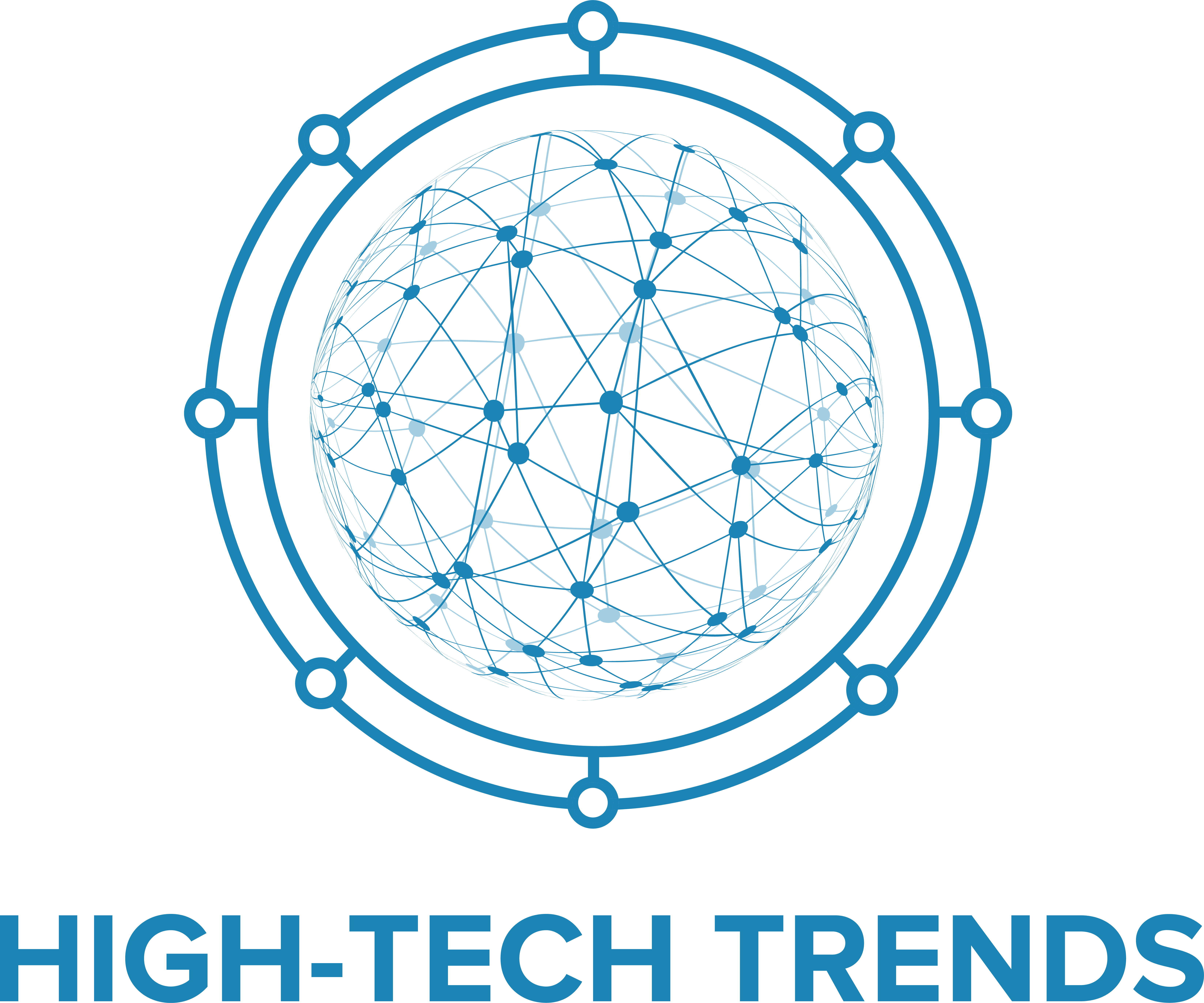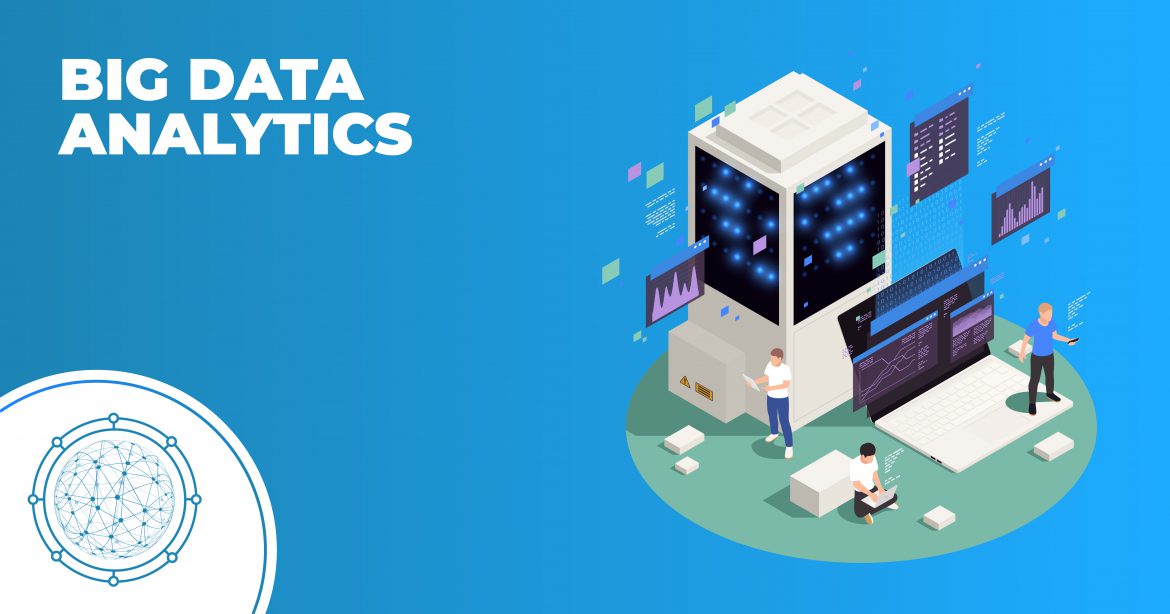Table of Contents
Big Data Analytics 2022
By now, almost everyone has heard of big data and how much of an effect it has made on the industry. And why now? It’s the next big thing, and companies across various sectors are leveraging big data analytics to promote data-driven decision-making that won’t just yield productive results but help maintain the businesses long-term.
With the passing of time, big data analytics has broken the barriers of just being within the tech industry by taking over several other industrial sectors such as healthcare, education, governance, manufacturing, retail, supply chain management, and many more. Let the organization be small or large scale; no one can deny that leveraging big data analytics is the way to go in the future.
Why is it making such an impact on all the major industries? To summarize, big data are high volume, high velocity, and a wide variety of information assets that need the integration of new forms of processing enabling efficient decision making. The Best Startups Companies and Top AI Startups are using Big Data analytics. Let’s start on what is big data analytics.
What is big data analytics?
Big data analytics can be defined as the process of examining big data aiming to uncover information such as hidden patterns, correlations, customer preferences, and market trends. It allows organizations to make risk-free and informed business decisions by analyzing data sets and gathering new information.
Specifically, Big Data Analytics can be referred to as advanced analytics, which involves several predictive models and statistical algorithms.
How does it work big data analytics?
Different types of data analysts and data scientists collect, clean, and analyze nearly all the forms of data not used by conventional BI and analytics programs, especially the growing volumes of structured transaction data.
Here are the four steps of the data preparation process:
- The data collected from various sources is often a mixture of semi-structured and unstructured data. Some of the familiar sources are:
- Cloud Application
- Web Server Logs
- Clickstream data
- Social media content
- Mobile phone records
- IoT
- Mobile Apps
- After the collection of data, it is stored in data lakes or warehouses. To process the available data, analytics must organize, configure and partition the data accordingly to tackle analytical queries.
- Data professionals cleanse the data by using scripting tools or enterprise software. Inconsistencies, formatting errors, and any duplication are removed to organize the data correctly.
- Analytics software is used to then analyze the data – this includes tools for:
- Machine learning
- Data mining
- Deep learning
- Predictive analysis
- Artificial intelligence
- Data visualization tools
- Mainstream business intelligence software
What is big data analytics (Tools and Technologies)
Big data scientists make use of different tools and technologies to support the big data analytics process. Here are some standard technology and tools that are being used regularly:
- Hadoop – An open-source framework for storing and processing big data sets. Being of the most common tool, Hadoop can handle large amounts of structured and unstructured data.
- Stream analytics – It is used to filter and analyze big data that may be stored in different formats or platforms
- NoSQL databases – With no fixed scheme requirement, these databases are handy when working with large sets of raw unstructured data.
- Data warehouse – It’s a repository that stores a large amount of data collected from different sources.
- Data Lake – Like a warehouse, it’s also a repository that holds native-format raw data until needed.
- Distributed cloud storage – With more than 90% of firms now being cloud-based, these applications have captured markets by storm. This stat depicts how integral cloud-based technologies have become. Apart from this, 60-70 percent of work is being done on cloud-hosted servers. By centrally managing the distribution of cloud services, the businesses can deploy and run application components in a mix of cloud locations to meet the best requirements for regulatory compliance, performance, and much more. The management inconsistencies present in the hybrid cloud and multi-cloud are avoided in a distributed cloud.
- Spark – Like Hadoop, another open-source cluster computing framework is used for batch and stream data processing.
- Data Integration Software – It enables big data to be streamlined across various platforms.
What is the use of big data analytics (Examples)
The recent integration of big data analytics into different industries has been elevated to a massive scale. Following are some of the real-life examples where big data is playing a massive role to help organizations:
- Targeted ads – Showing the customer what they don’t want is a failure for the marketing team. Targeting the customers interested in the type of product the organization is trying to sell is an achievement that can easily be achieved by using big data. Gathering information from sources such as previous purchases, interaction patterns, and product page viewing history can help generate compelling ad campaigns.
- Product Development – Statistical insights about consumer behavior inform the organization about product viability and progress measurement while also allowing risk-free decisions. Using big data for product development is a steer towards improvement.
- Price Optimization – Pricing models used by retailers can gather data from various sources to maximize profits.
- Risk Management – Risk management strategies can be devised by identifying risks from data patterns.
- Supply chain and channel analytics – Predictive analytical models can assist with preemptive replenishment, B2B supplier networks, inventory management, and notifications for any potential delivery delays.
- Customer acquisition and retention – Consumer data can help the marketing team act on trends to increase customer satisfaction.
- Decision Making – The extracted user data can help businesses make important decisions for betterment.
What are the skills required for big data analytics
For a traditional analyst, coping with the advent of big data can be a fairly challenging task. Much more is asked of the analyst than being able to navigate through relational database management systems to draw some statistical data.
Here are some of the critical skills required for a professional analyst:
Programming
The big data being in its evolution phase means that not many standard processes are set around the large complex datasets. Thus, to manage unstructured data daily, the analyst needs to have a sound grip over computer programming.
Data Warehousing
For a data analyst, experience with relational and non-relational databases is a must.
Computational Frameworks
Apache Spark, Apache Storm, Apache Flink, Hadoop, and familiarity with many other frameworks are essentially required.
Quantitative aptitude and stats
Yes, big data’s technical aspects are the core to understanding it, but the analyst also needs to have good knowledge of statistics and linear algebra. Statistics are the basic building blocks of data science. Understanding subjects like stats, probability distribution, and random variables are extremely important.
Business knowledge
To keep the analysis focused and on the right path, one of the most critical skills that a data analyst needs to have is good knowledge of the domain he/she is working on. The reason why data analysts are so much in demand is due to the fact that a low percentage of them have a thorough understanding of technical aspects, stats, and business.
Data visualization
If your insights are not quickly and efficiently found, it can be hard to get your point across while keeping the audience involved. Data visualization is a useful tool as charts and graphs allow you to display the results transparently and concisely to convey your message.
Big data has emerged as a powerful tool for businesses, irrespective of their size and the industry they are a part of. It has opened up new possibilities for organizations. Despite all the proven benefits of big data we have seen so far, numerous untapped possibilities are waiting to be explored. You can also find out more why big data is important.





